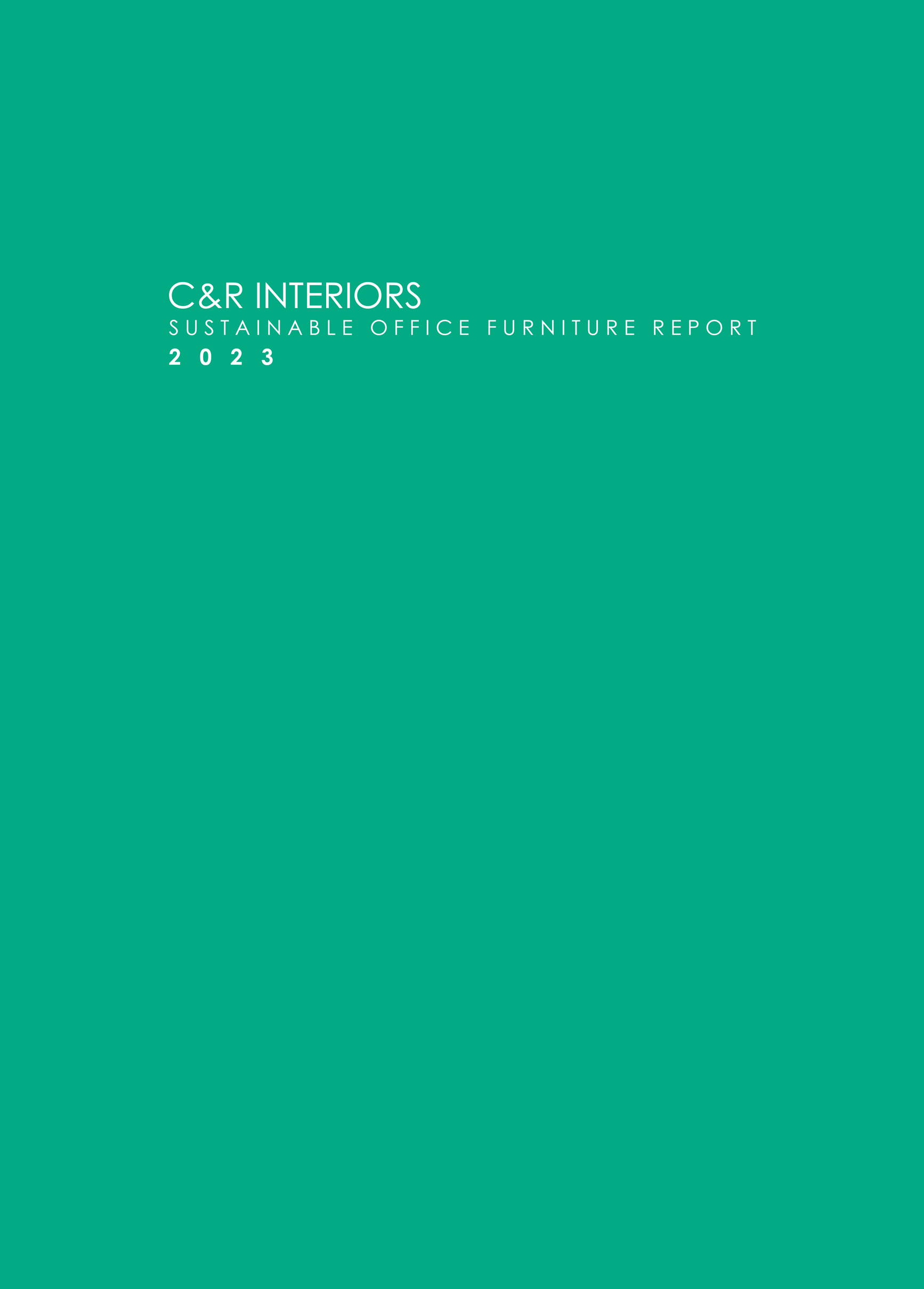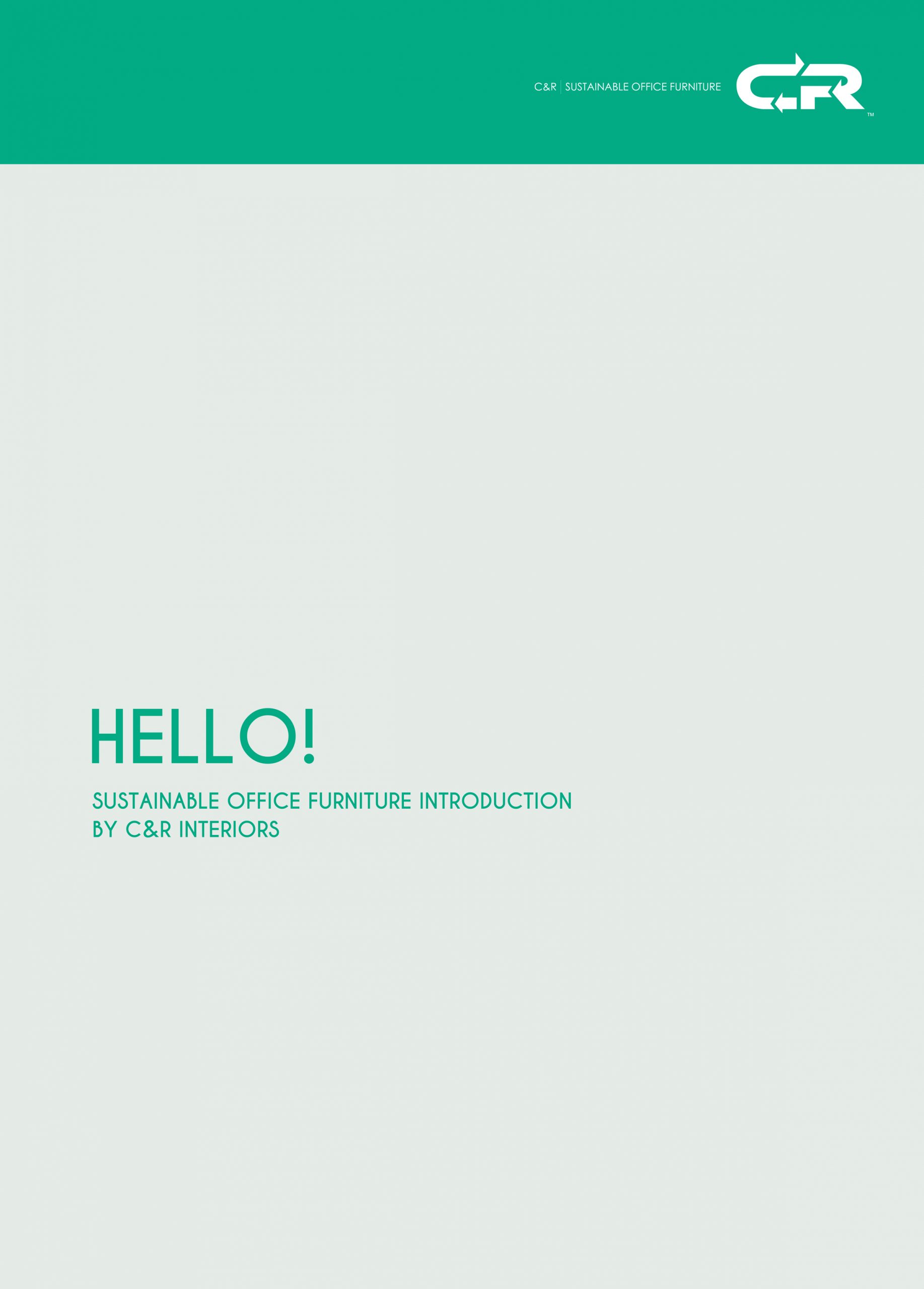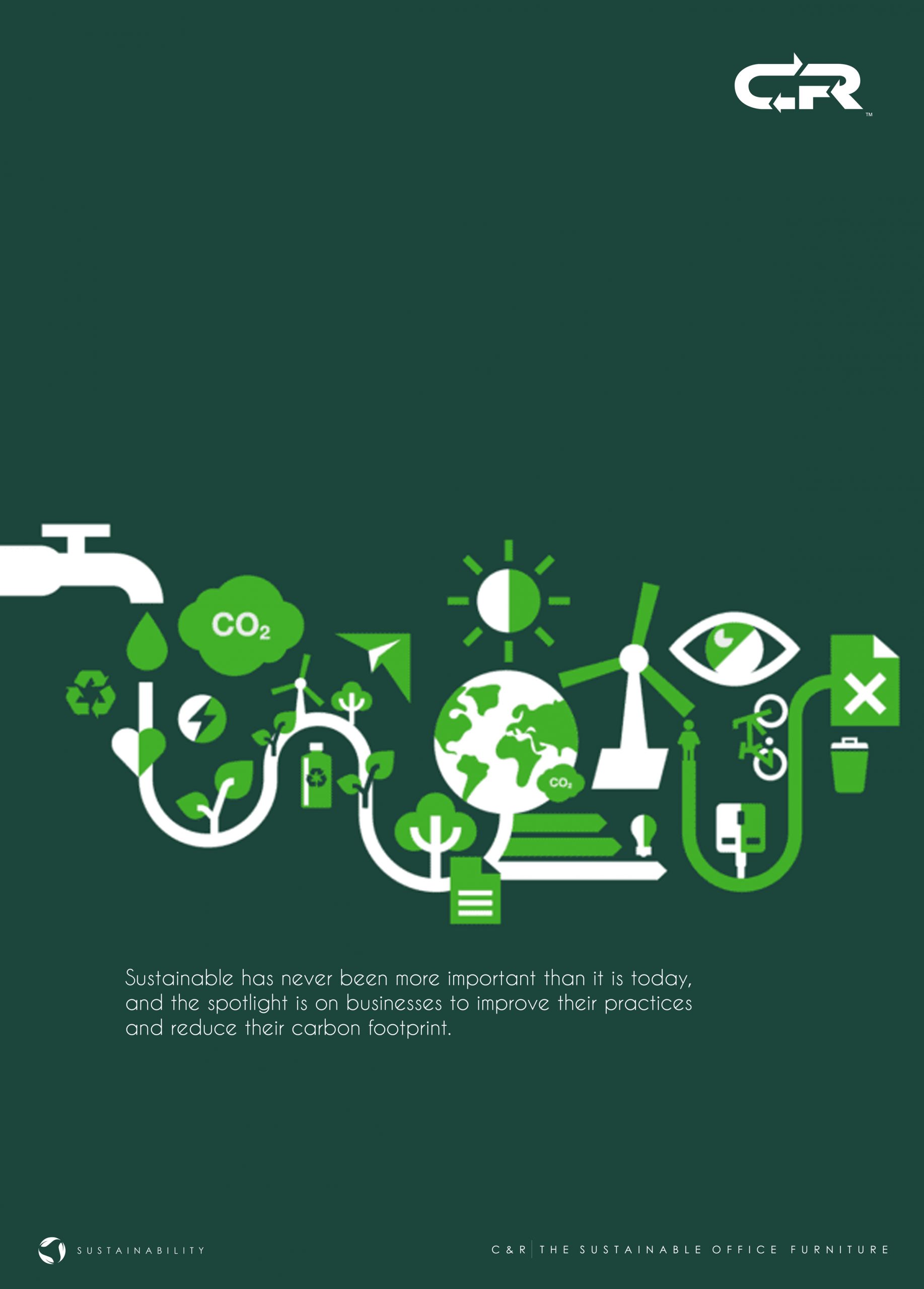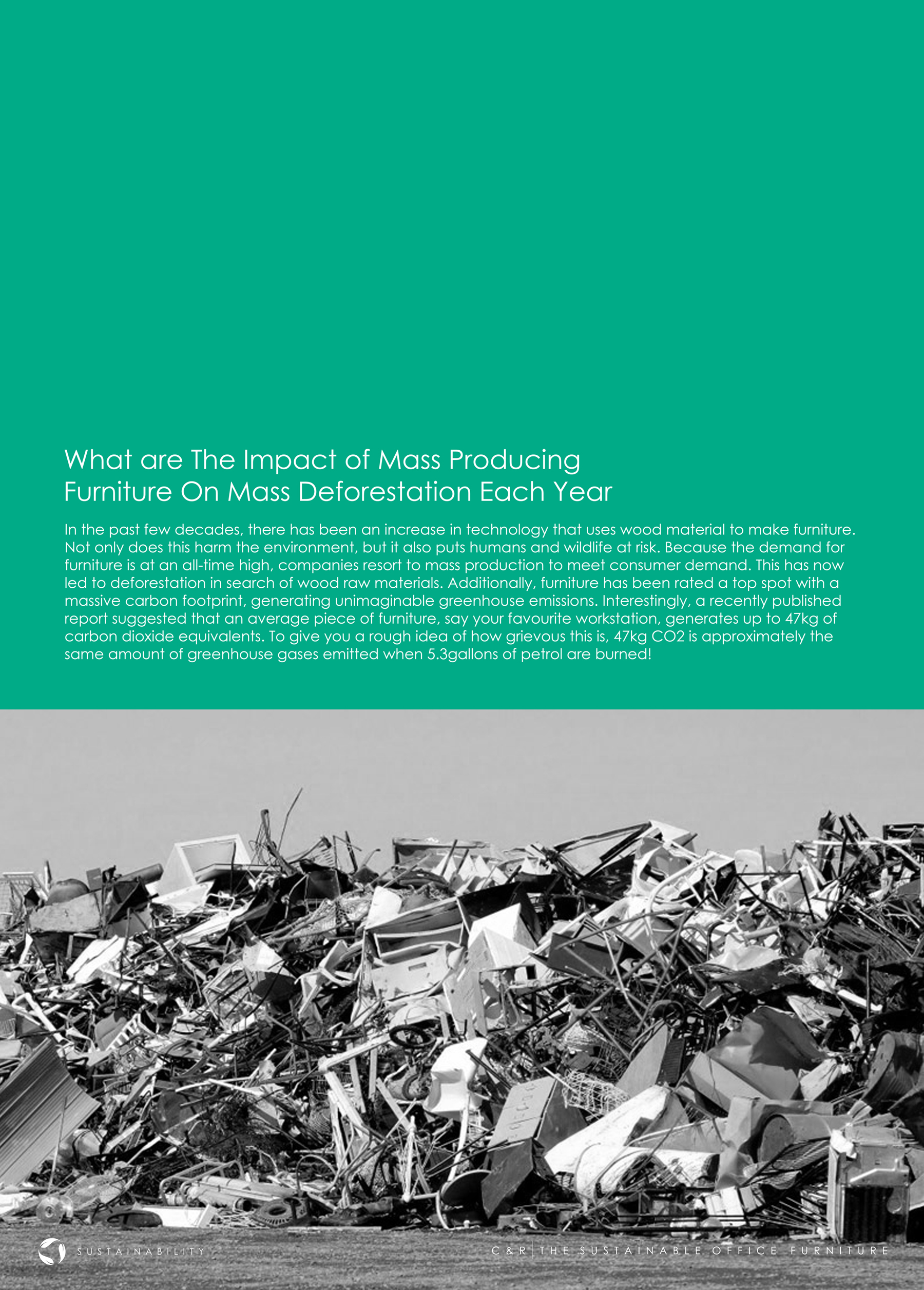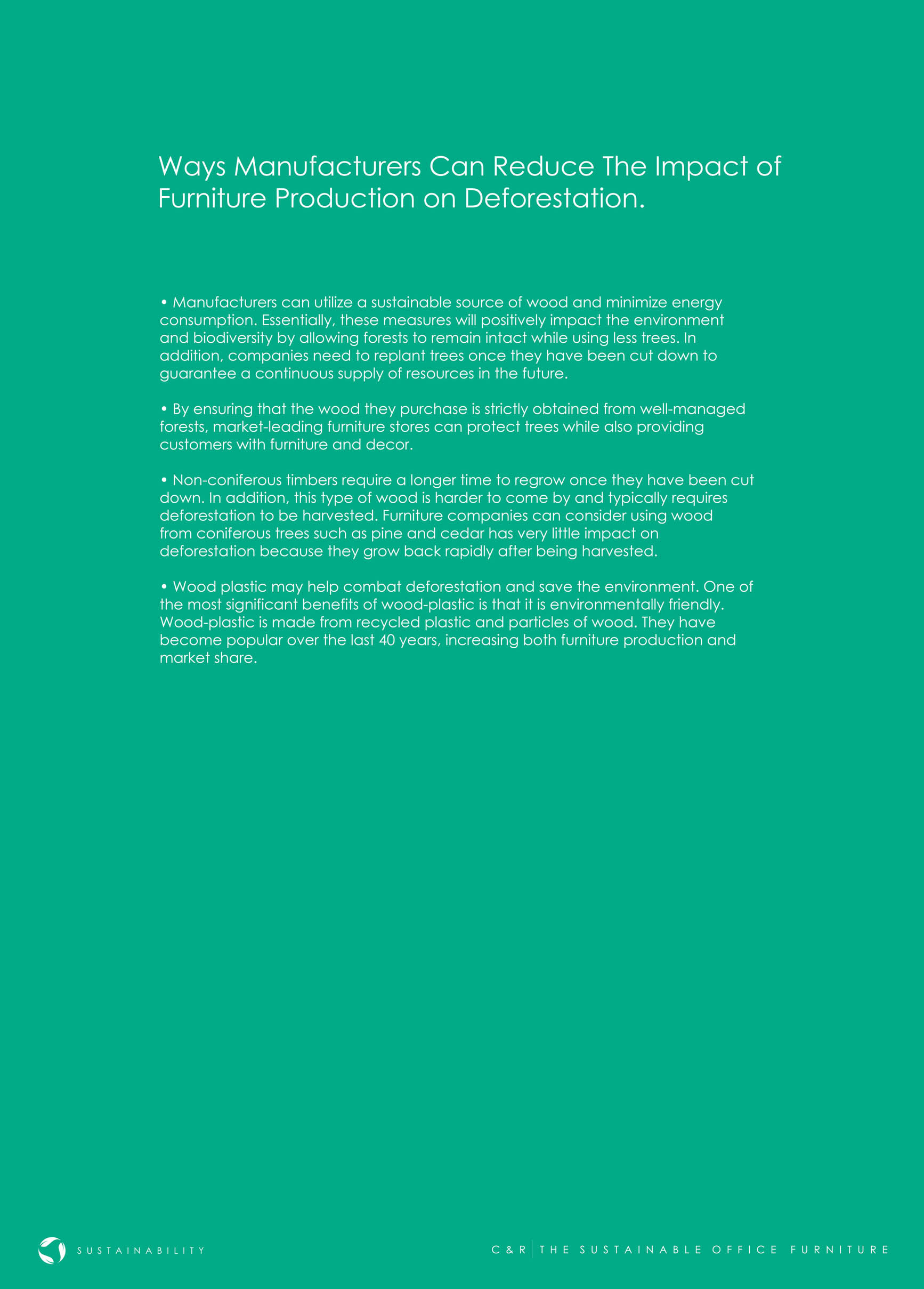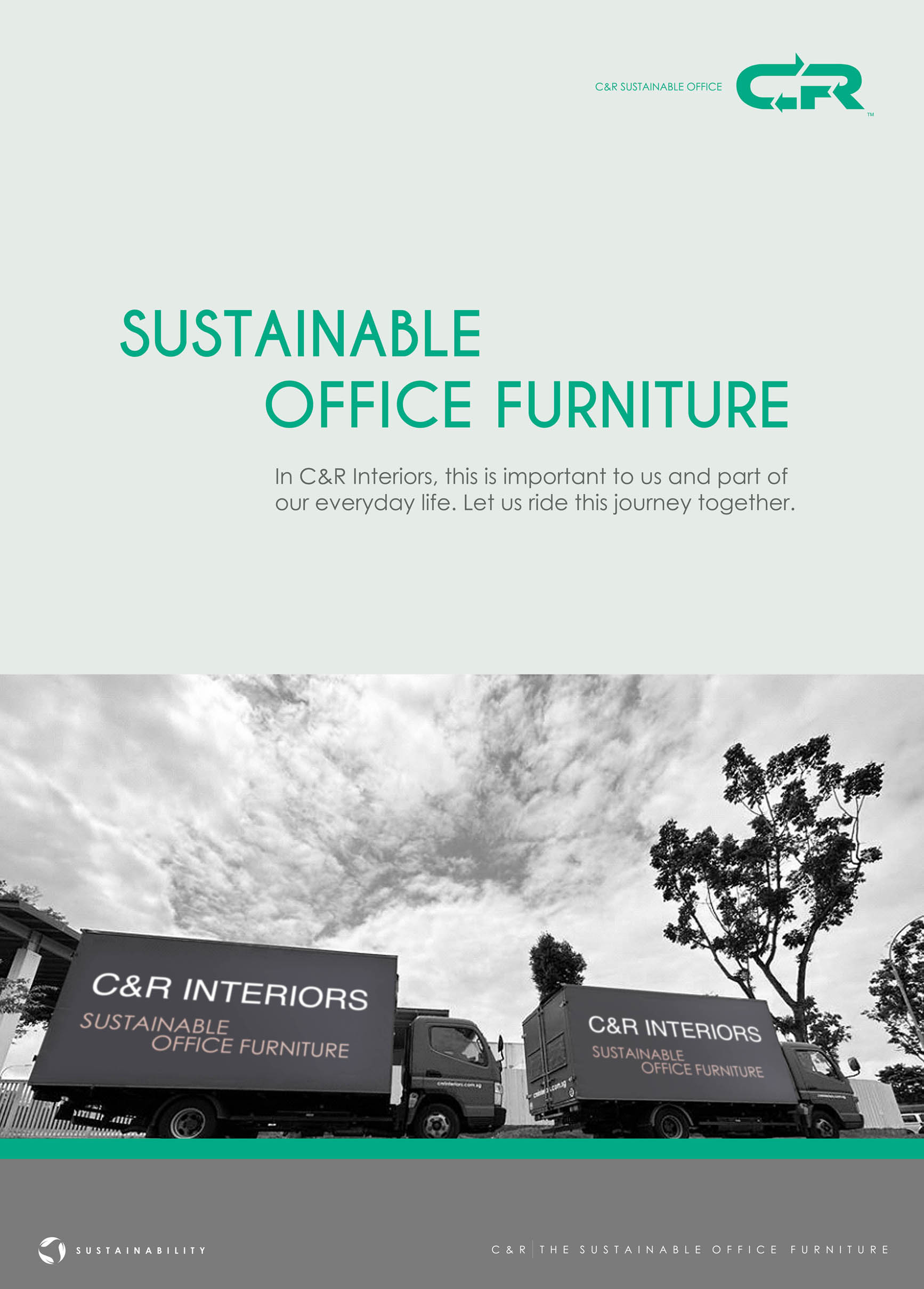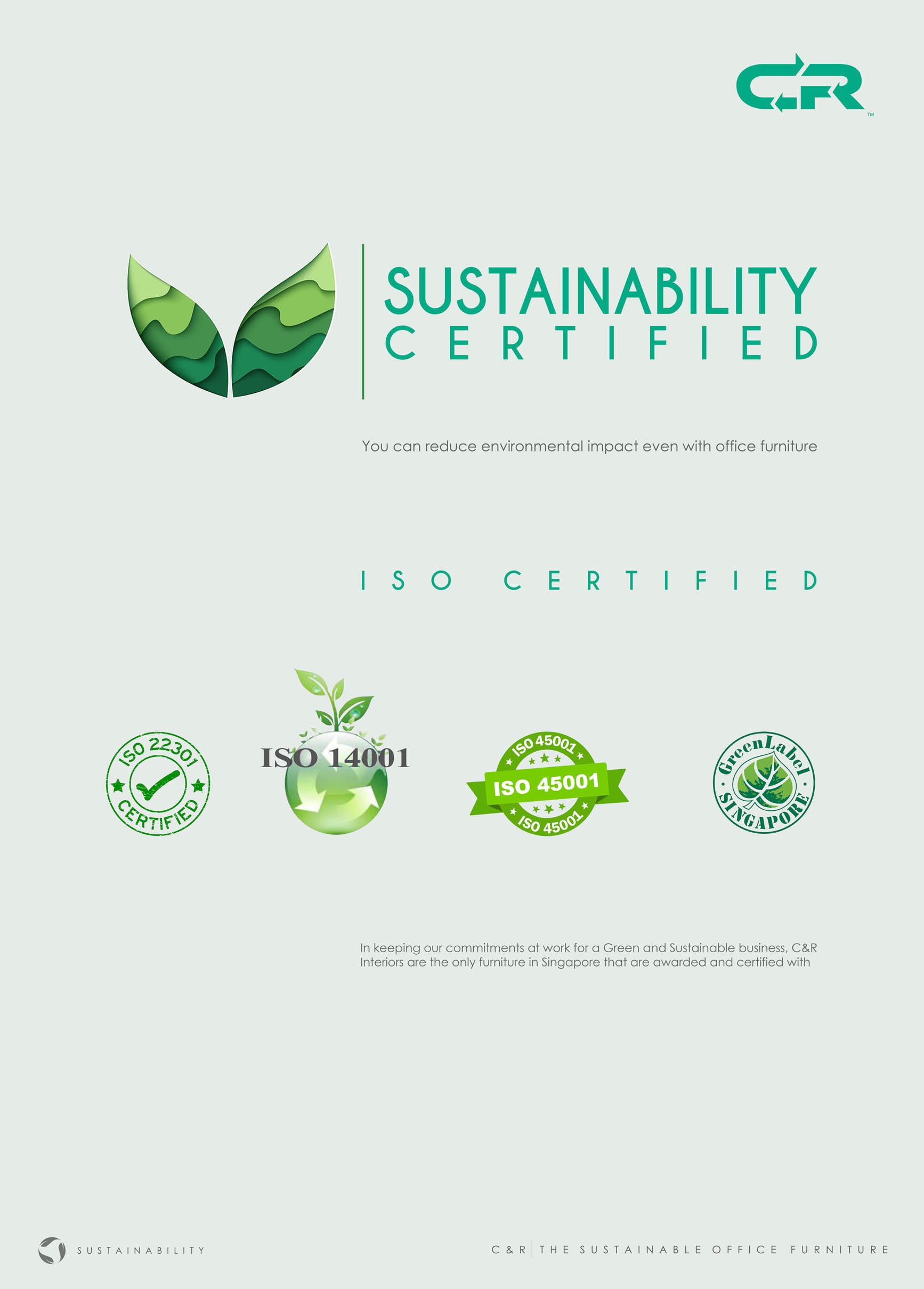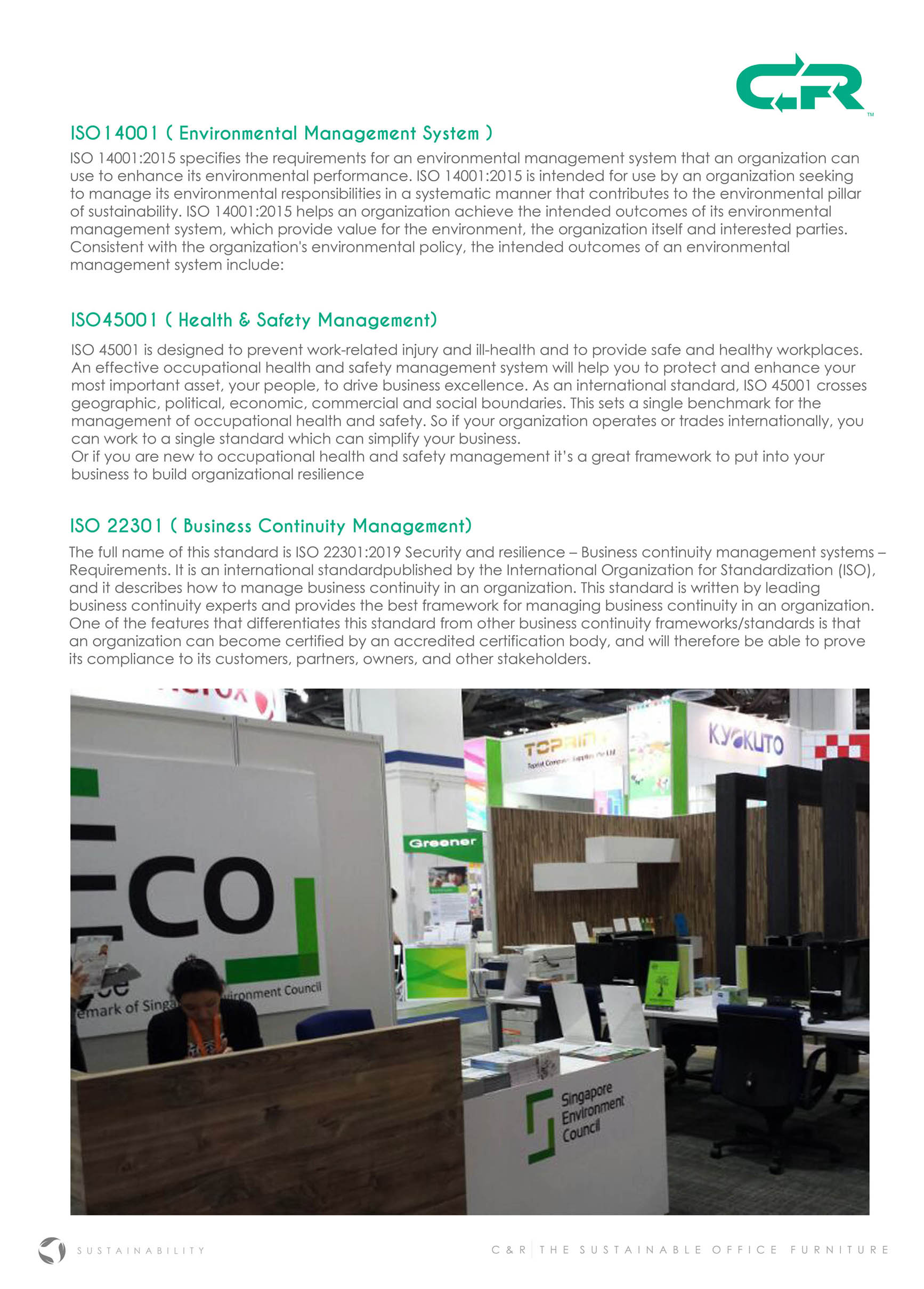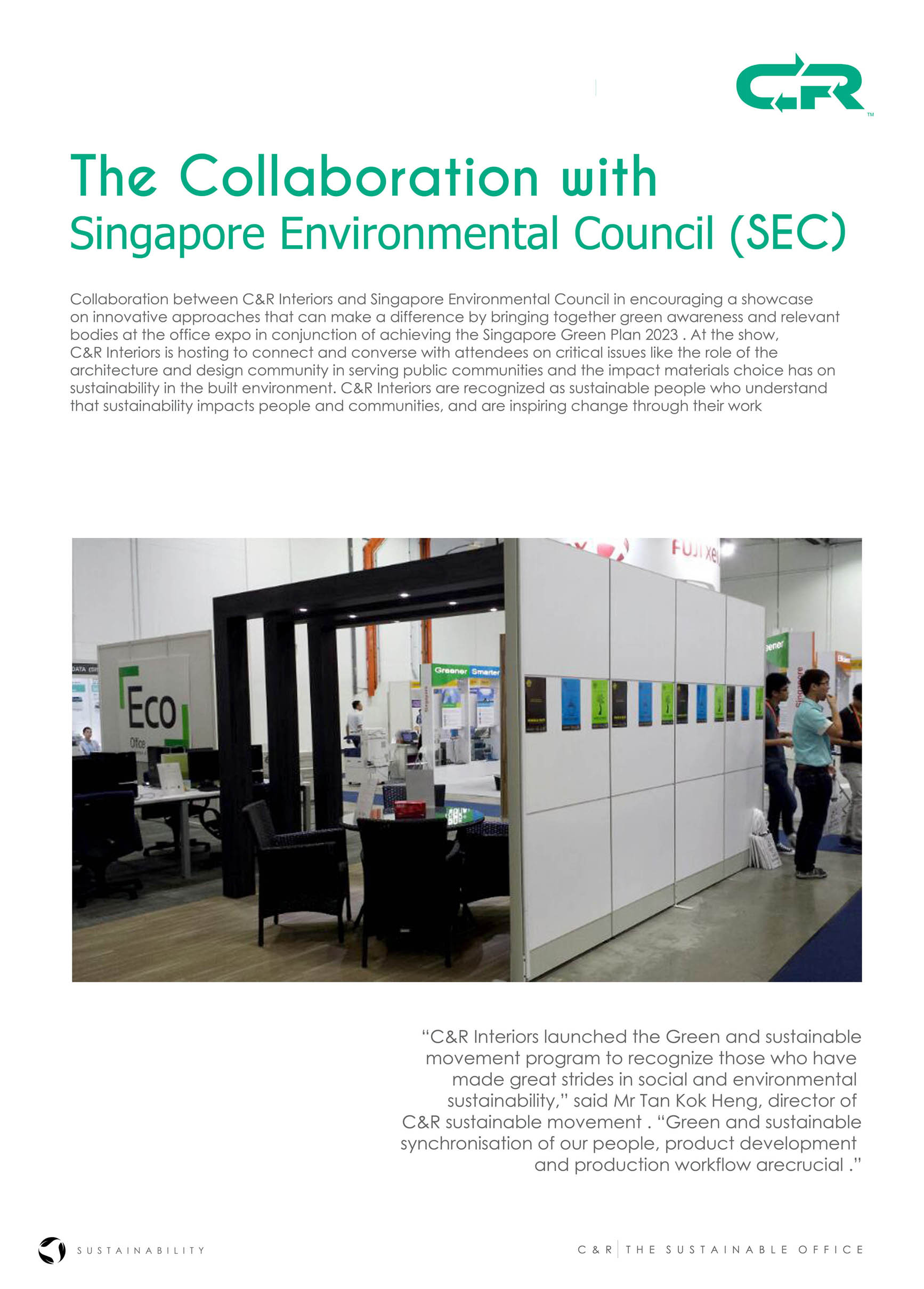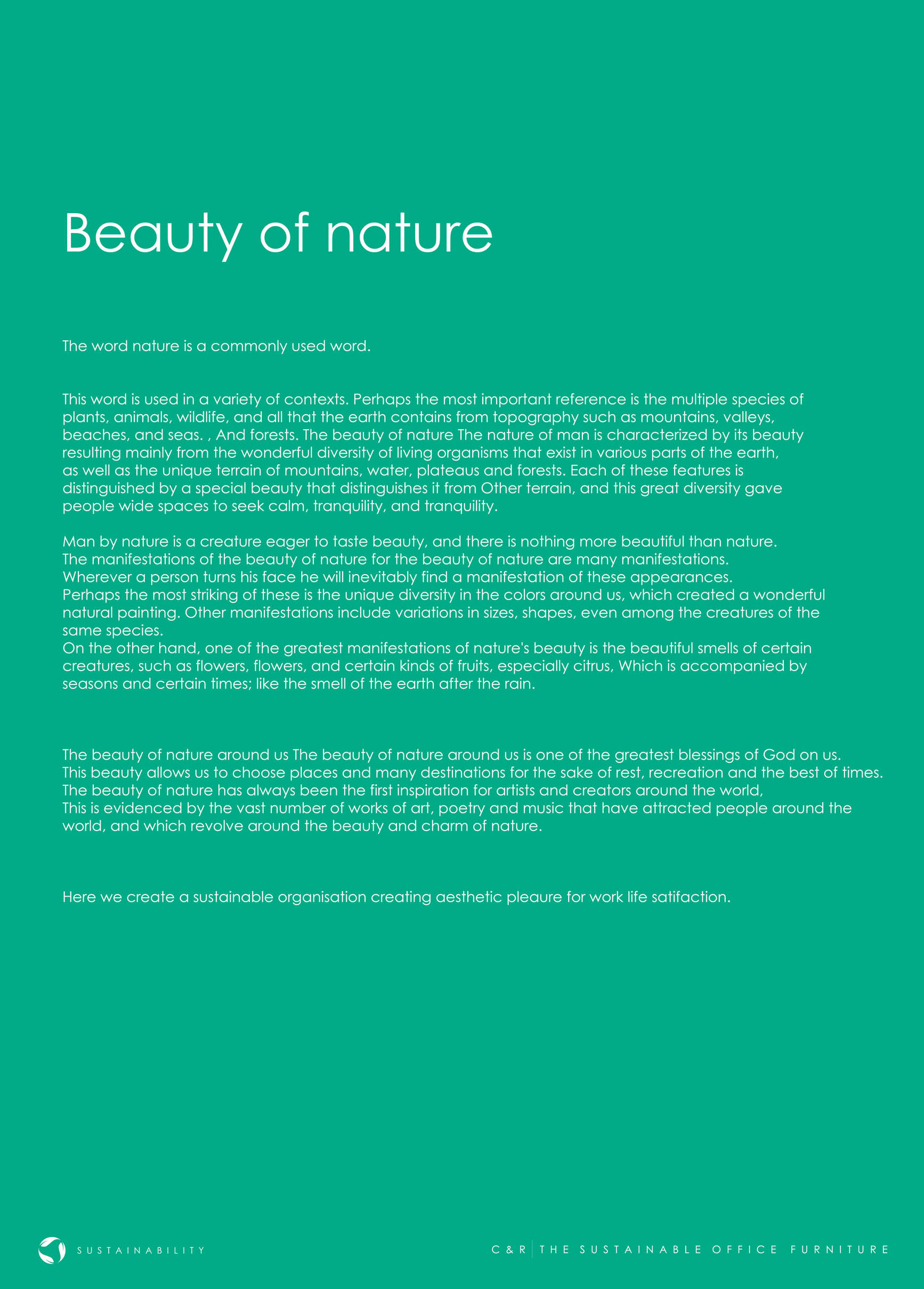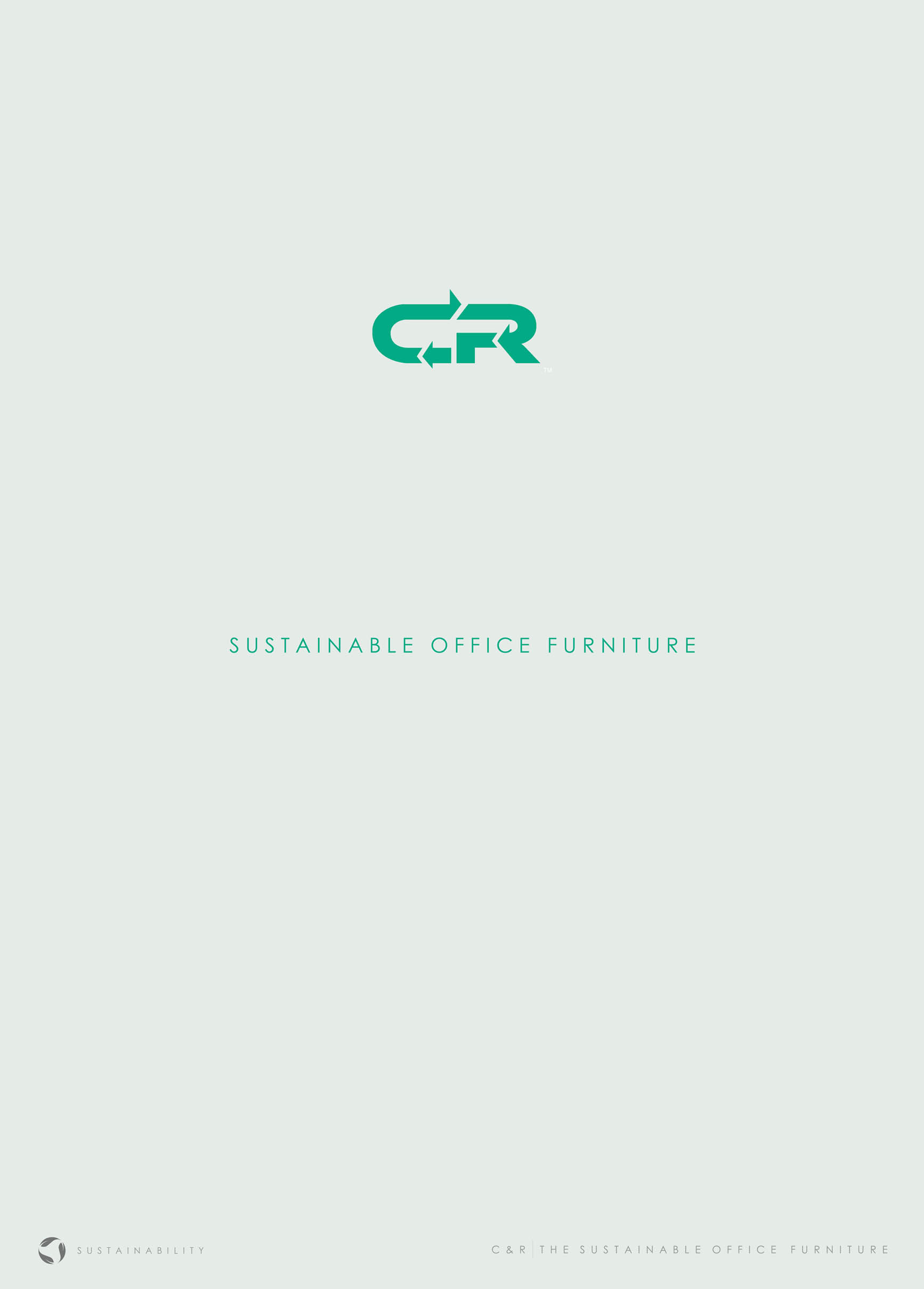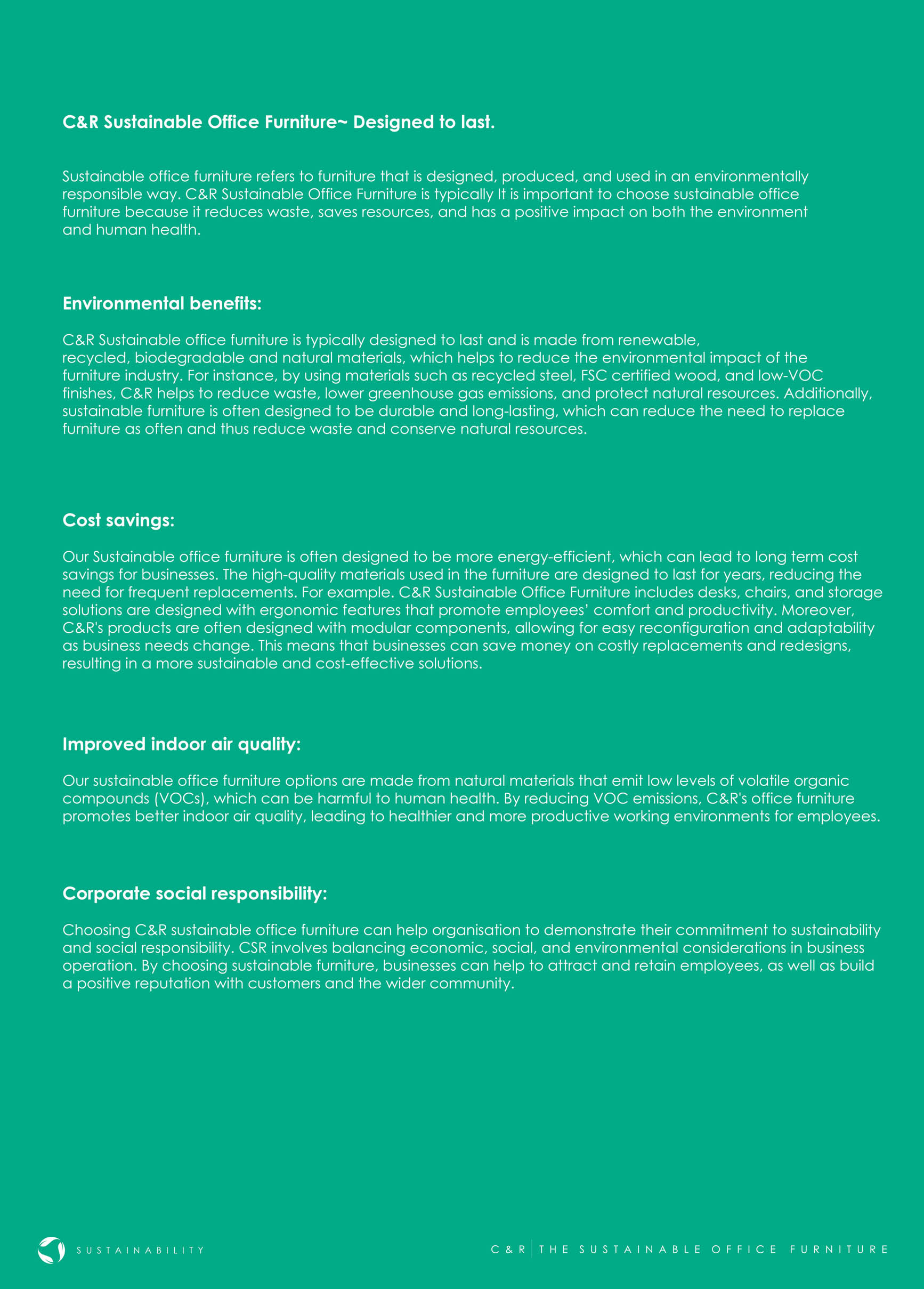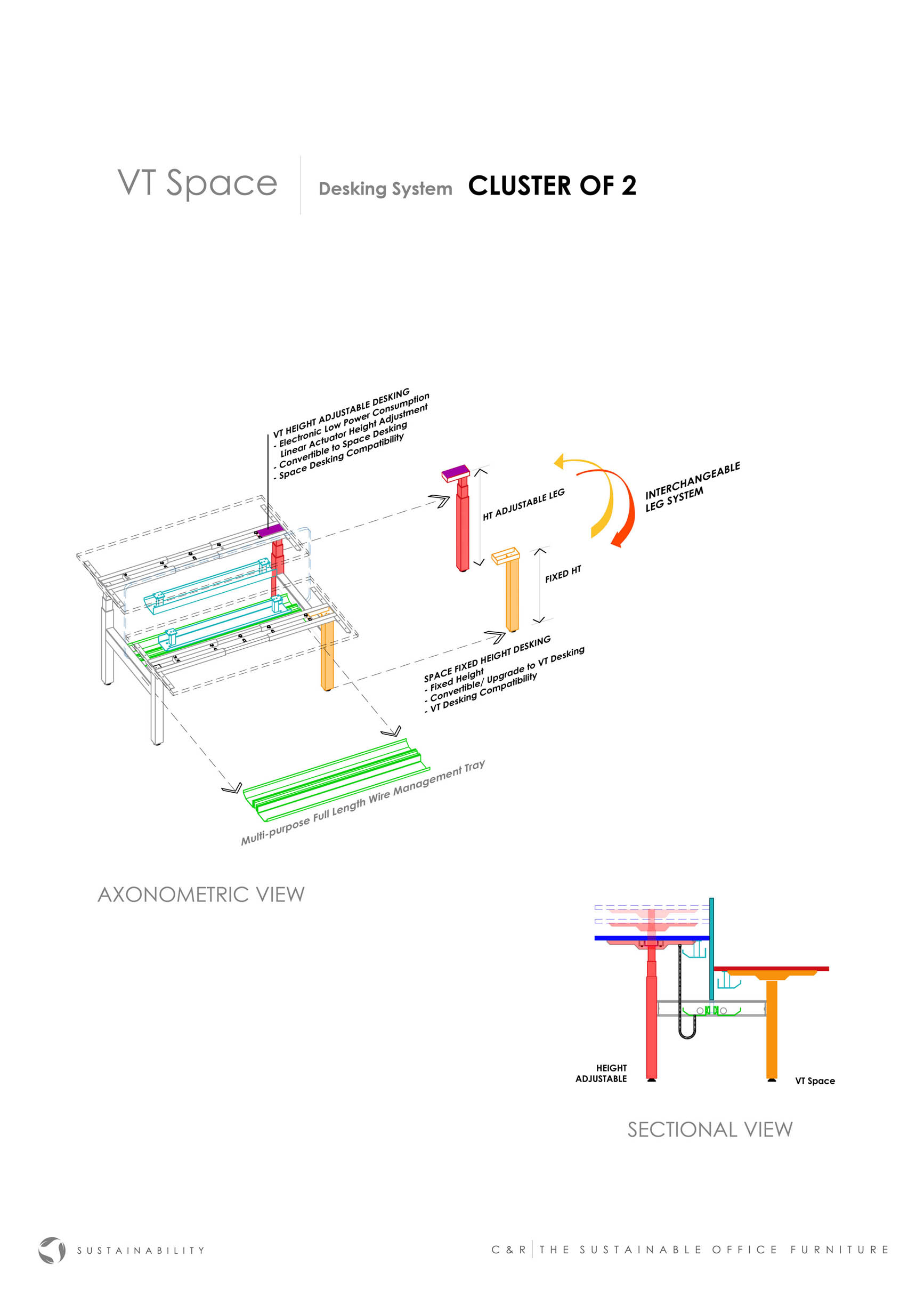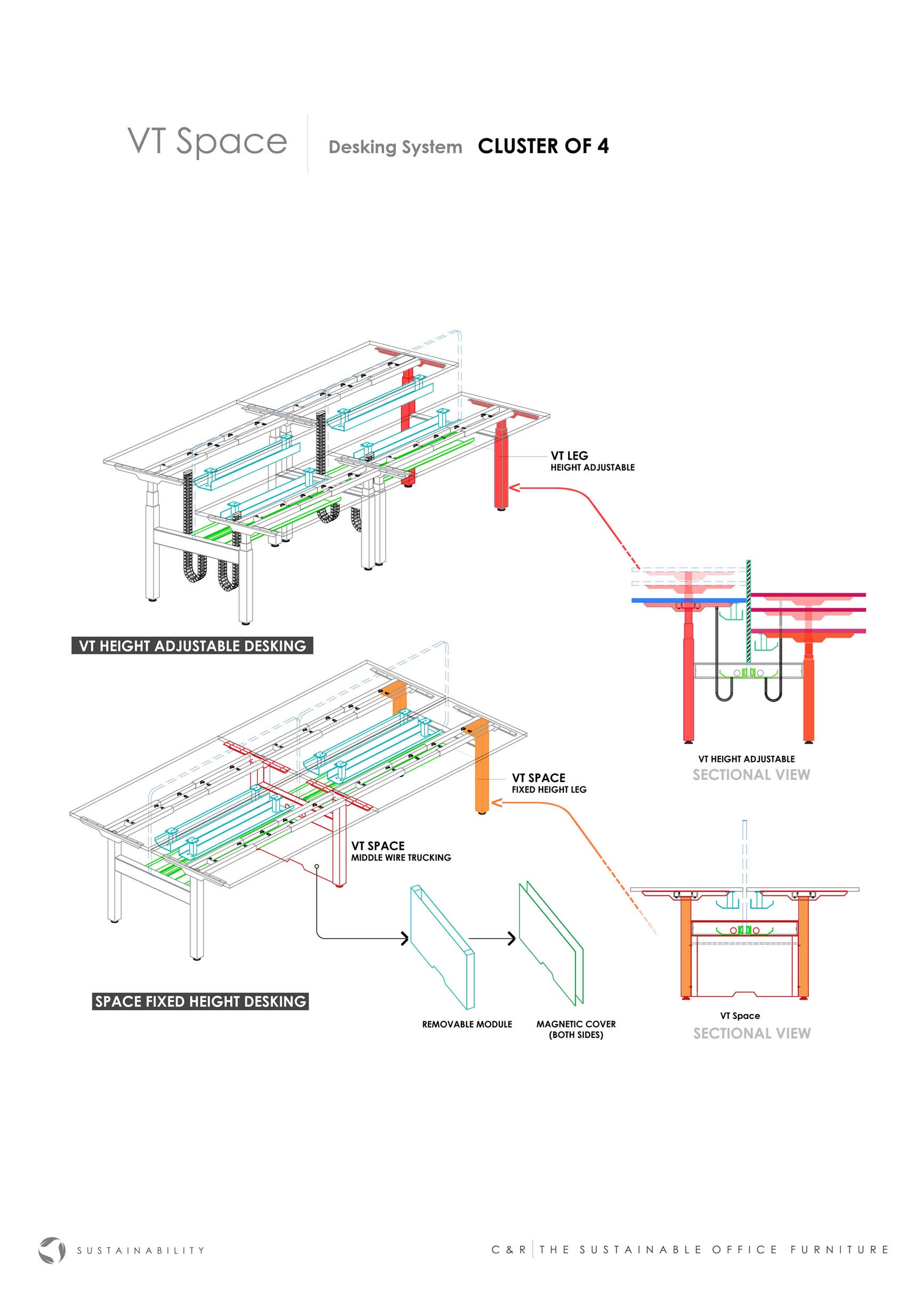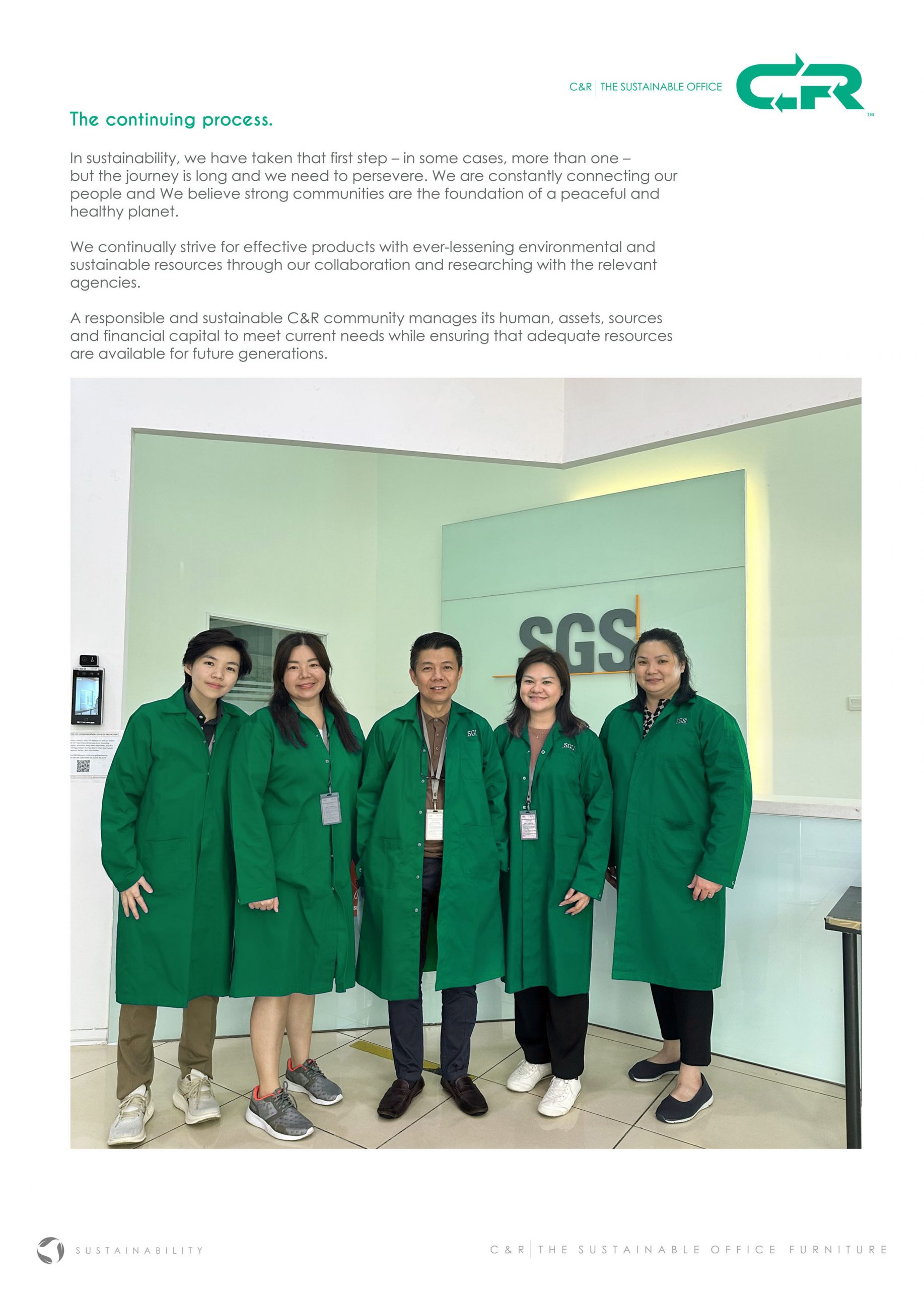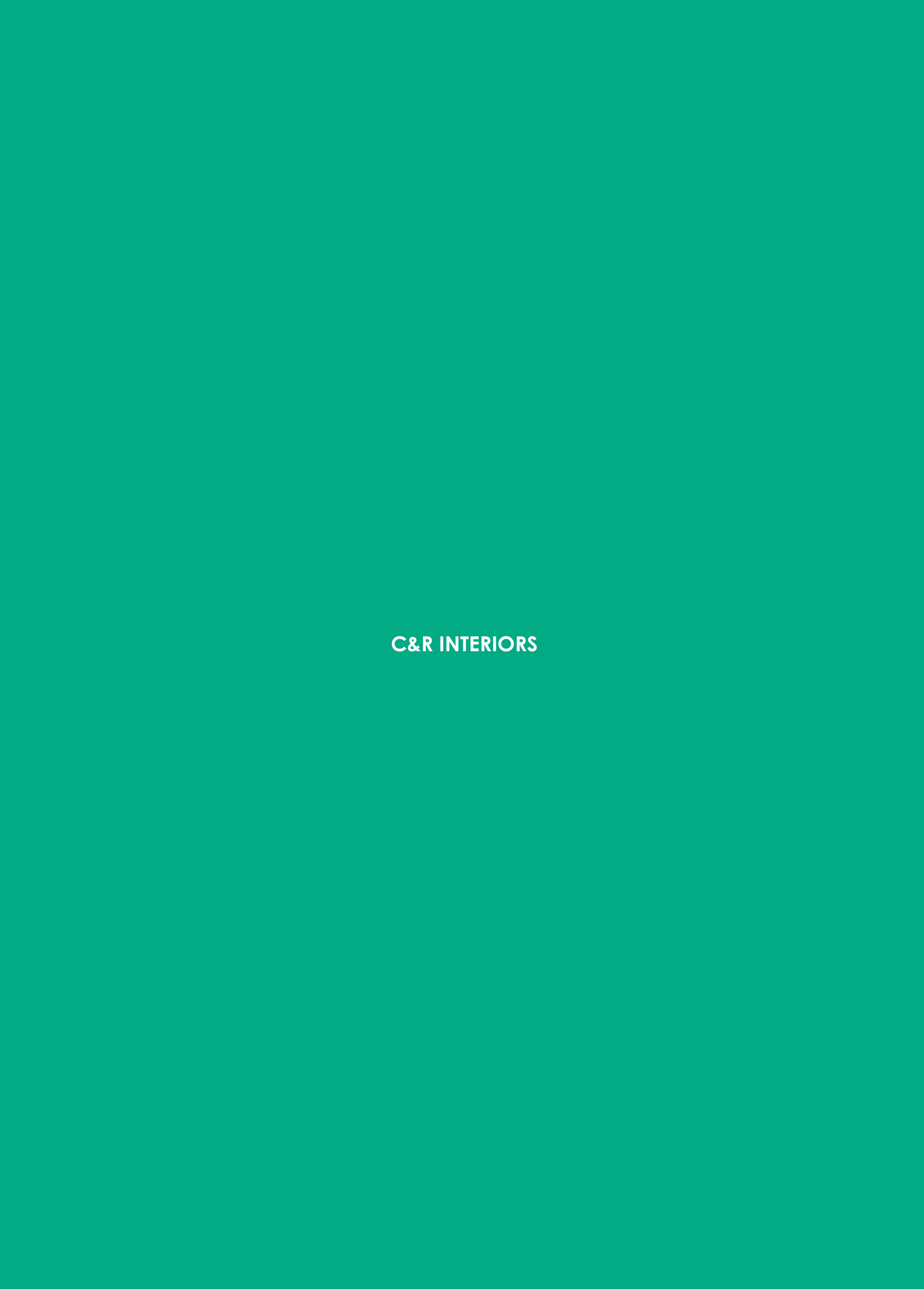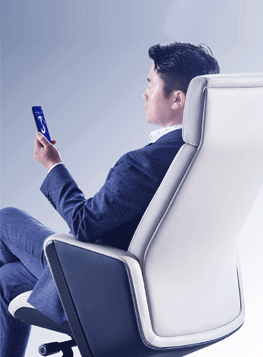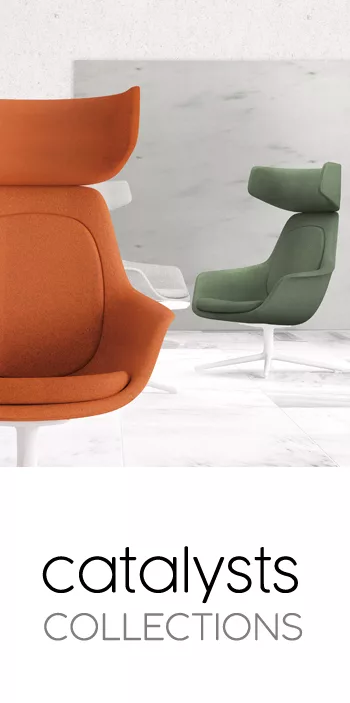 Dismantling instruction for recycling (Workstations)
Dismantling instruction for recycling (Workstations)
These instructions apply to all workstation products.
Dismantling
Components need to be broken down by material content and separated appropriately in order to maximize
recycling. Setup a well-lit work area with benches and all necessary tools. Power tools are required for most
jobs but some simple hand tools can handle the smaller jobs. Screw and nut with the appropriate bits are
the most frequently used.
Materials can be identified by using the chart below. Bins and boxes will be needed for each material.
Worksurfaces
Laminate worksurfaces should have edge trim removed for recycling where possible. Locate the seam on
the edging, pry out with straight screwdriver and peel off.
Accessories
Lighting and electrical accessories need further disassembly. Bulbs, ballasts and other electrical components
must be separated for appropiate disposal. Wiring can be removed and recycled. Other accessories can be
broken down and separated by material by removing visible fasteners.
Pedestals, laterals and cabinets
For steel cases, remove drawers by lifting up and out. Remove drawer fronts by removing attachment screws if
fronts are different material. Remove any added handles. Remove slides (lift up and forward) and any small
plastic parts from case interiors. Remove plastic casters from bottom of cases.
For wood cases, remove drawers by lifting up and out. Remove drawer fronts by removing attachment screws
if fronts are different material. Remove any added handles. Unscrew slides and other matal brackets and parts
from case, including looks and levelers. Hinged doors are removed by unfastening hinges and removing
hardware.
Overhead Storage
Removed doors by removing visible screws. Remove any added handles. Remove door mechanism and any
brackets. With wood cabinets, dismantle any steel components. Steel cabinets do not usually need to be
further broken down.
Screens
Once Mini screens are removed from furniture, screen material should be removed from its frame and
hardware. Fabric screens should have the fabric removed by locating and edge and peeling off. Screens with
glass in frames can be disassembled by removing screws and carefully sliding glass out. Once aluminum
extrusions are identified, any cap at ends or corners should be removed by tapping sharply with hammer
(press fit). Pray off and end caps, trim caps and separate materials. Accessory rails and whiteboard are
handle in a similar manner.
Trim and Connectors
Panel trim is aluminium. Once aluminium extrusions are identified, any diecast caps at the ends should be
removed by tapping sharply with a hammer (press fit). Metal clips should be removed and diecast corner caps
identified for recycling
Panel tiles
Panel tiles should have the fabric removed by peeling off the edge from the back of the wood board. Plastic or
metal clippings should be removed by tapping sharply with hammer. Glass tiles should be disassembled with
care by snapping off top and bottom trims with a screwdriver and slide out the glass. Whiteboard material is
Electrical Components
Outlets connections must be unscrewed from panel tiles and removed. Plastic truckings and housing
may be recycled once electrical components are removed. Outlets and connectors cannot generally
be recycled. Wiring harnesses may be further disassembled to salvage the copper wire.
Disconnect any metal fittings that are part of wire harnesses. Cut the wires close to the connectors.
Packaging
Cardboard, plastic padding and shrink wrap should all be broken down and retained for recycling.
Dismantling instructions for recycling (chairs)
Height Adjustment Cylinders
A cylinder is secured to the mechanism and base by a press fit. To remove the cylinder, use a rubber
mallet to separate the cylinder from each the base and mechanism, Recyle or dispose as per regulations
applicable to your business region.
Casters/Glides
To remove the glides and casters, the user must simply pull the casters stem out of the base socket.
Base
Once the casters and cylinders have been removed from the base, no other dis-assembly is required.
Armrest and Armcaps
Armrests and caps can be broken down and separated by material by removing visible fasteners.
Upholstery Assemblies
Upholstery pans (plastic) can be removed by peeling away from the foam and separating from the fabric.
Appropriate disposal is required for the foam. In some cases these parts may be disassembled with care
By snapping off top and bottom pieces with a screwdriver. Fabric or mesh in all cases should be easily removed peeling off from the foam.
Mechanisms
The mechanism housing must be unscrewed from the chair. This mechanism can be broken down
further with the appropriate tools, usually by means of screwdrivers and wrenches.
Internal parts can be separated by material.
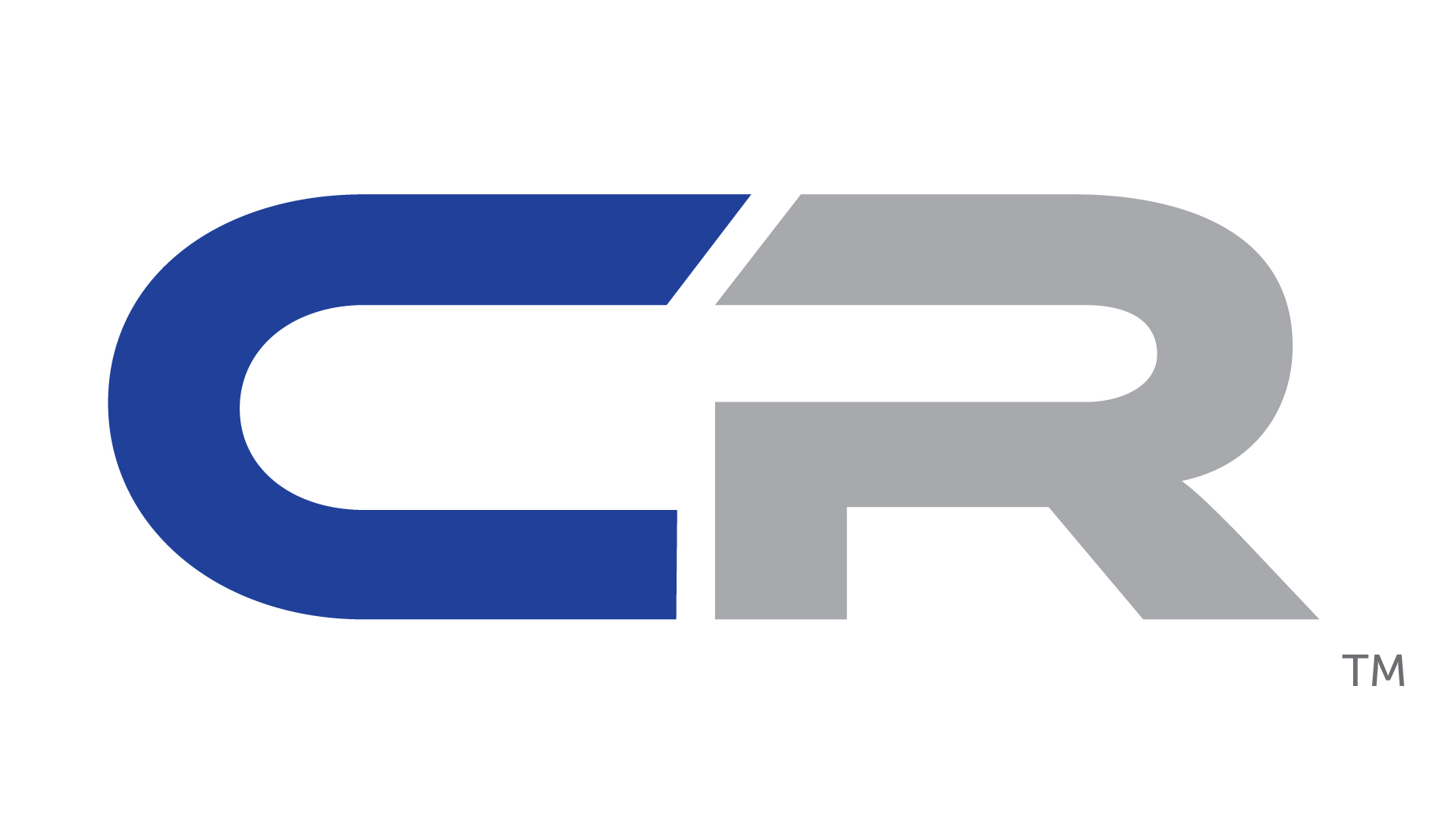
 Polyester Fabric
Polyester Fabric Care & Maintenance Standard
Care & Maintenance Standard